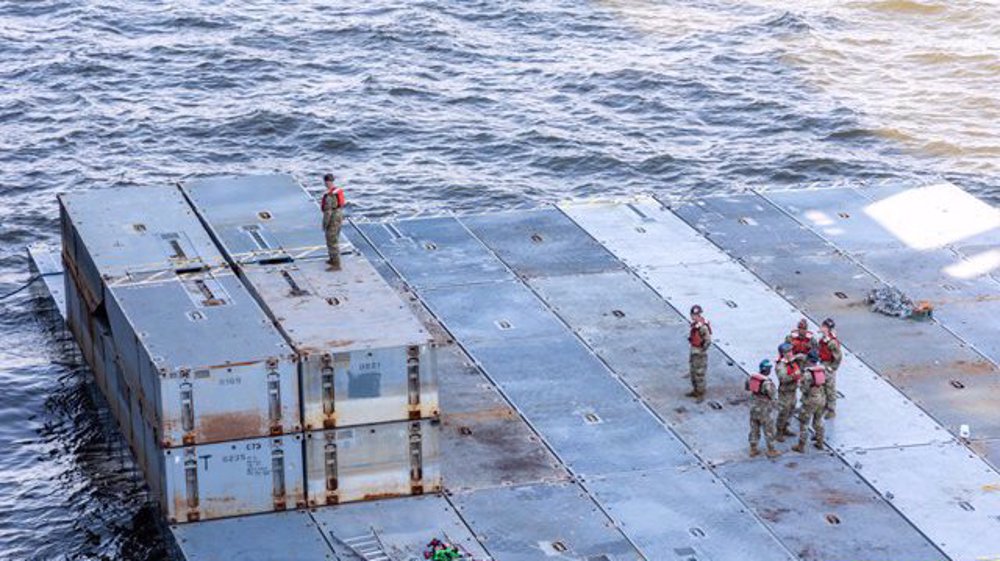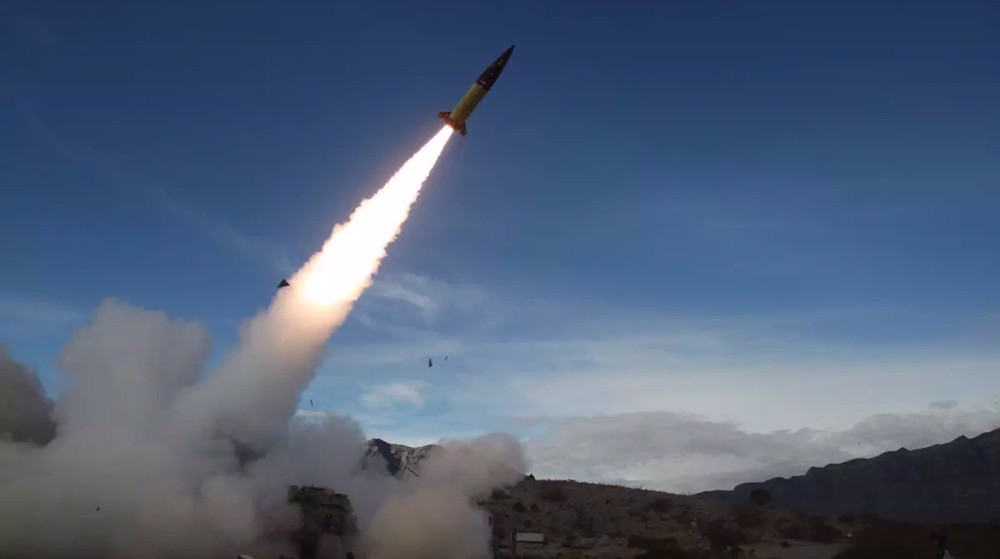US building spy network in Arctic to counter Russia, China
US intelligence agencies plan to research potential threats in the Arctic for the first time since the Cold War amid reports that China and Russia are boosting their military presence in the region.
The majority of the 16 US intelligence agencies have commissioned, over the last 14 months, analysts to work on the Arctic on a full-time basis, according to a report by The Tribune Washington Bureau published on Monday.
The move, which is a sign of the region’s growing strategic significance, has caused the Office of the Director of National Intelligence to convene a “strategy board” recently in order to bring the analysts together to share their findings.
The analysts are delving into raw intelligence gathered from a recently overhauled Canadian listening post near the North Pole and a Norwegian surveillance ship called the Marjata.
In addition, the experts are also utilizing data from US spy satellites orbiting overhead and Navy sensors deep in the frigid waters.
“There are a lot of things we can see now that we couldn’t see 10 years ago,” said a US intelligence official, who spoke on condition of anonymity.
The move comes amid confirmation by the Pentagon Wednesday that it was tracking five Chinese warships sailing in the Bering Sea, between Alaska and Russia, for the first time.
Also, a Russian intelligence ship was spotted off the coast of Kings Bay, Georgia, home to the American Navy’s East Coast ballistic missile submarine fleet.
US military satellites have been tracking the Russian ship since August when it was first spotted in the north Atlantic and it slowly began to move toward its next destination, Cuba.
The new development is emerging as the US and other polar powers are adapting with the growing global warming which is opening new sea lanes.
The current ecological issue has also set off a scramble for largely untapped reserves of oil, natural gas and minerals in the Arctic seabed over which the US, Russia, Canada, Denmark and Norway are pursuing jurisdiction.
However, the US intelligence is primarily focusing on Russia’s military buildup in the far north as the country’s president, Vladimir Putin, has based the Russian Northern Fleet above the Arctic Circle at Murmansk.
In March 2014, Russia announced it planned to reopen 10 former Soviet-era military bases along the Arctic seaboard, including 14 airfields that were shut down after the end of the Cold War.
Alaska Gov. Bill Walker reacted negatively by saying that while Moscow was rebuilding a military force removed after the collapse of the Soviet Union, the Pentagon is closing bases and shedding troops.
“It’s the biggest buildup of the Russian military since the Cold War,” Walker told reporters during President Barack Obama’s visit to his state. “They’re reopening 10 bases and building four more, and they’re all in the Arctic, so here we are in the middle of the pond, feeling a little bit uncomfortable with the military drawdown.”
April 25: ‘Axis of Resistance’ operations against Israeli occupation
Hezbollah hits Israeli military sites near border with rockets, drones
Rwandans say UK deportation 'another brutal manifestation of neo-colonialism'
US troops begin construction of controversial pier off Gaza
Israel ‘spoofs’ GPS signals, endangering flight safety amid Gaza war: Report
Iran urges Security Council to address 'belligerent' Israeli atrocities
VIDEO | Leader meets workers on Labor Week
French police called in to break up US-style pro-Palestinian student demo










 This makes it easy to access the Press TV website
This makes it easy to access the Press TV website